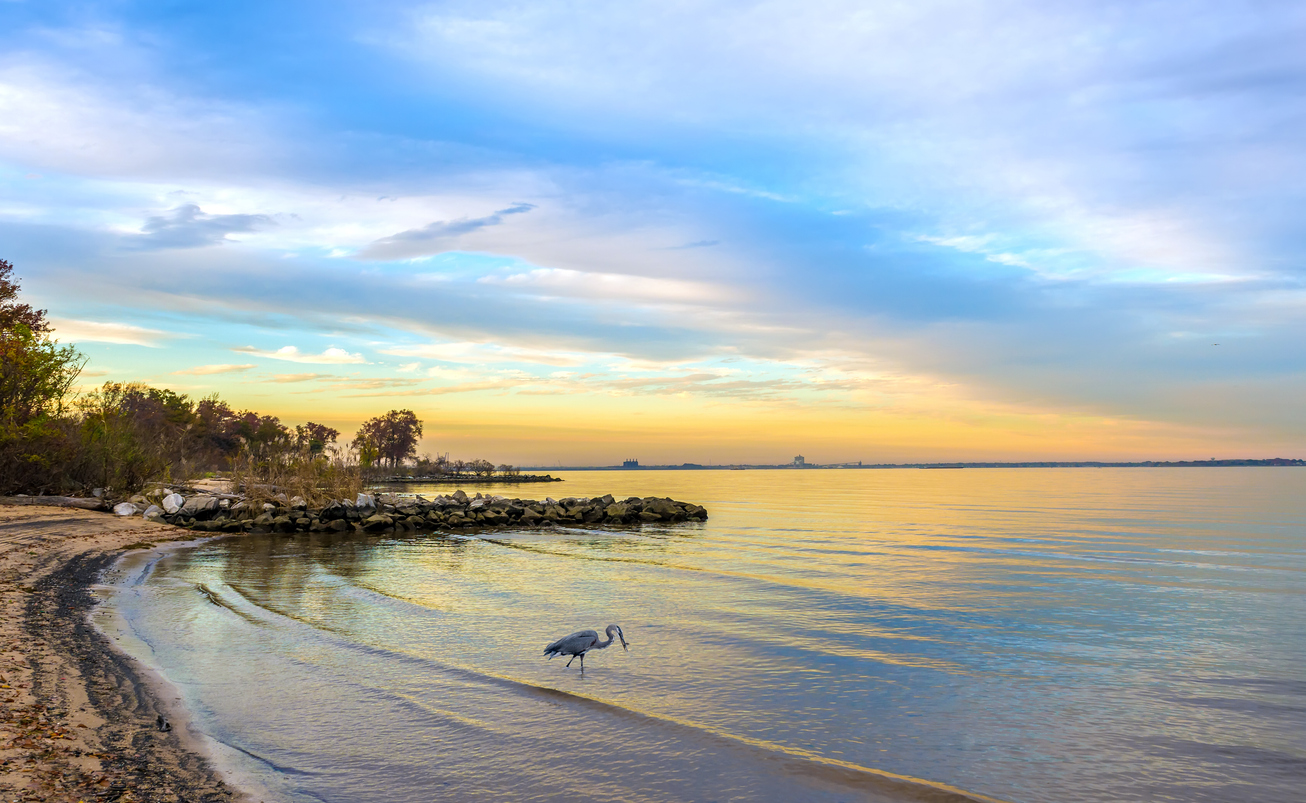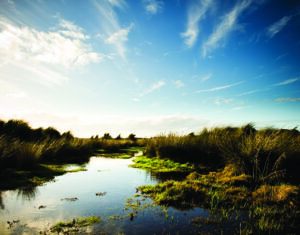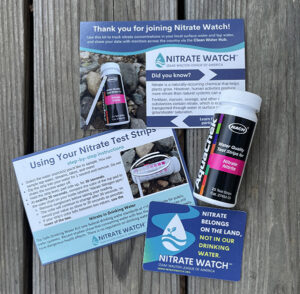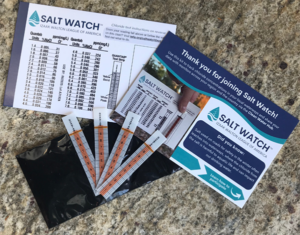The Chesapeake Bay is the largest estuary (a body of water formed where freshwater from rivers and streams flows into the ocean, mixing with the seawater) in the United States. Its watershed (an area of land that drains to a common body of water) stretches across more than 64,000 square miles, encompassing parts of six states – Delaware, Maryland, New York, Pennsylvania, Virginia and West Virginia – and the District of Columbia. Its waters provide homes, food, and protection for 2,700 species of animals and plants. It also serves as a highway for commerce, a playground, a storehouse of food, and a home for 13 million people. It is the source of a fish and shellfish industry worth more than $850 million per year.
But in the last generation, the Chesapeake has become less able to support the fish and wildlife it once did. Increasing amounts of excess nutrients, sediment, and toxic substances are causing serious problems in the Bay. Studies show alarming declines in fish and wildlife and in the habitat available to them. In spite of cleanup efforts, the health of the Chesapeake Bay remains very poor.
What You Can Do
- Wade in: We’ll show you how to test the water in your neighborhood streams – they all flow into the Bay! All you need is a net, some boots, and a sharp eye for small bugs.
- Lighten the load: You can take steps at home and around the block to lighten the load of pollution that runs into the Chesapeake Bay.
- Speak out: Sign up for League Action Alerts to speak up for the health of the Bay.
* An estuary is a body of water formed where freshwater from rivers and streams flows into the ocean, mixing with the seawater.
** A watershed is an area of land that drains water, sediment, and dissolved materials to a common outlet.

Prioritization Report
A new report about how volunteer monitoring can help fill data gaps in the Chesapeake Bay Watershed was released in December of 2023. The League is working to apply the report findings and take action by engaging new partners and training volunteers.
Prioritization Report
A new report about how volunteer monitoring can help fill data gaps in the Chesapeake Bay Watershed was released in December of 2023. The League is working to apply the report findings and take action by engaging new partners and training volunteers.

 Your kit will include a bottle containing 25 nitrate test strips which you can use to test your water source(s) throughout the year. You’ll also receive postcards explaining how to use your nitrate test strips and how to share your Nitrate Watch results on the Clean Water Hub.
Your kit will include a bottle containing 25 nitrate test strips which you can use to test your water source(s) throughout the year. You’ll also receive postcards explaining how to use your nitrate test strips and how to share your Nitrate Watch results on the Clean Water Hub. Your kit will include four test strips so you can test your waterway throughout the season. You’ll also receive a chart to help you interpret your results and a postcard with instructions for completing a Salt Watch test and reporting your findings.
Your kit will include four test strips so you can test your waterway throughout the season. You’ll also receive a chart to help you interpret your results and a postcard with instructions for completing a Salt Watch test and reporting your findings.